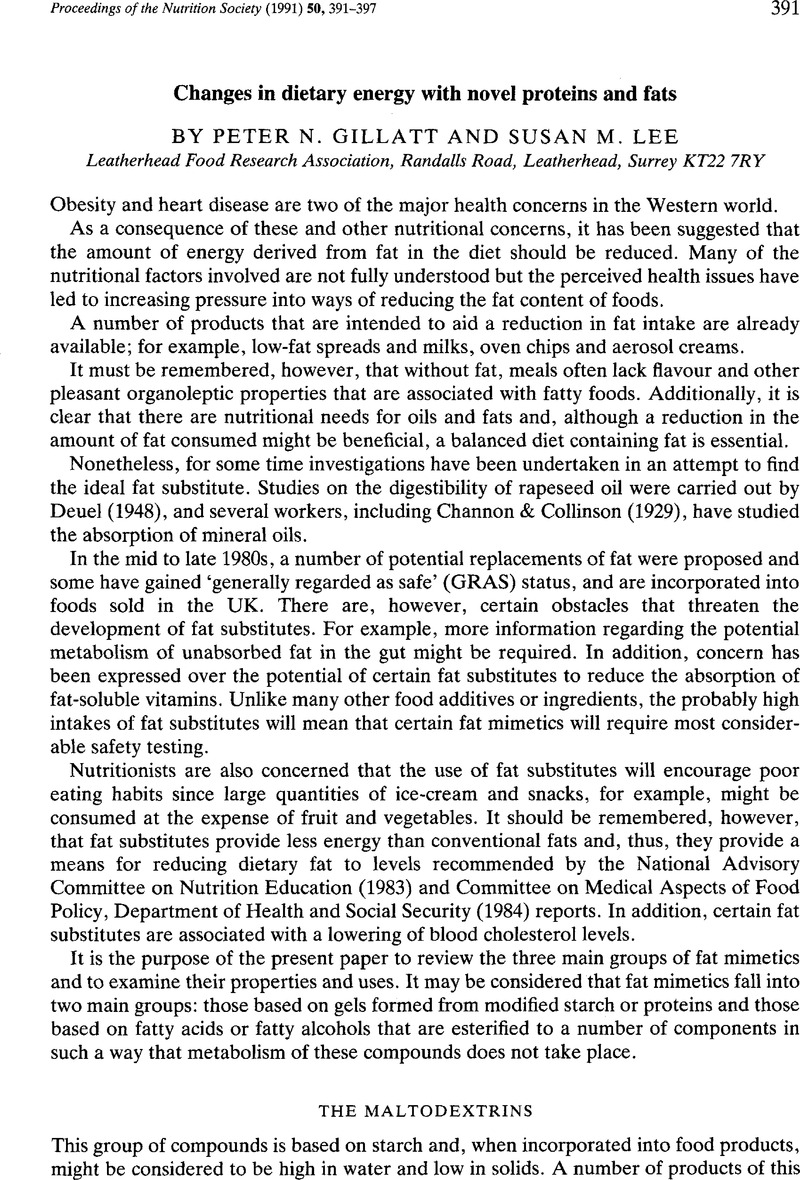Crossref Citations
This article has been cited by the following publications. This list is generated based on data provided by Crossref.
MELA, DAVID J.
1992.
Nutritional implications of fat substitutes.
Journal of the American Dietetic Association,
Vol. 92,
Issue. 4,
p.
472.
Livesey, Geoffrey
1993.
Comments on the methods used to determine the energy values of carbohydrates: Dietary fibre, sugar alcohols and other bulking agents.
International Journal of Food Sciences and Nutrition,
Vol. 44,
Issue. 4,
p.
221.
Widhalm, K
Stargel, W W
Burns, T S
and
Tschanz, C
1994.
Evaluation of clinical and biochemical parameters in children after consumption of microparticulated protein fat substitute (Simplesse)..
Journal of the American College of Nutrition,
Vol. 13,
Issue. 4,
p.
392.
Akoh, Casimir C.
and
Decker, Eric A.
1995.
Lipid‐based fat substitutes.
Critical Reviews in Food Science and Nutrition,
Vol. 35,
Issue. 5,
p.
405.
Grossklaus, Rolf
1996.
Fat replacers — Requirements from a nutritional physiological point of view.
Lipid / Fett,
Vol. 98,
Issue. 4,
p.
136.
Mela, David J.
1996.
Implications of fat replacement for nutrition and food intake.
Lipid / Fett,
Vol. 98,
Issue. 2,
p.
50.





